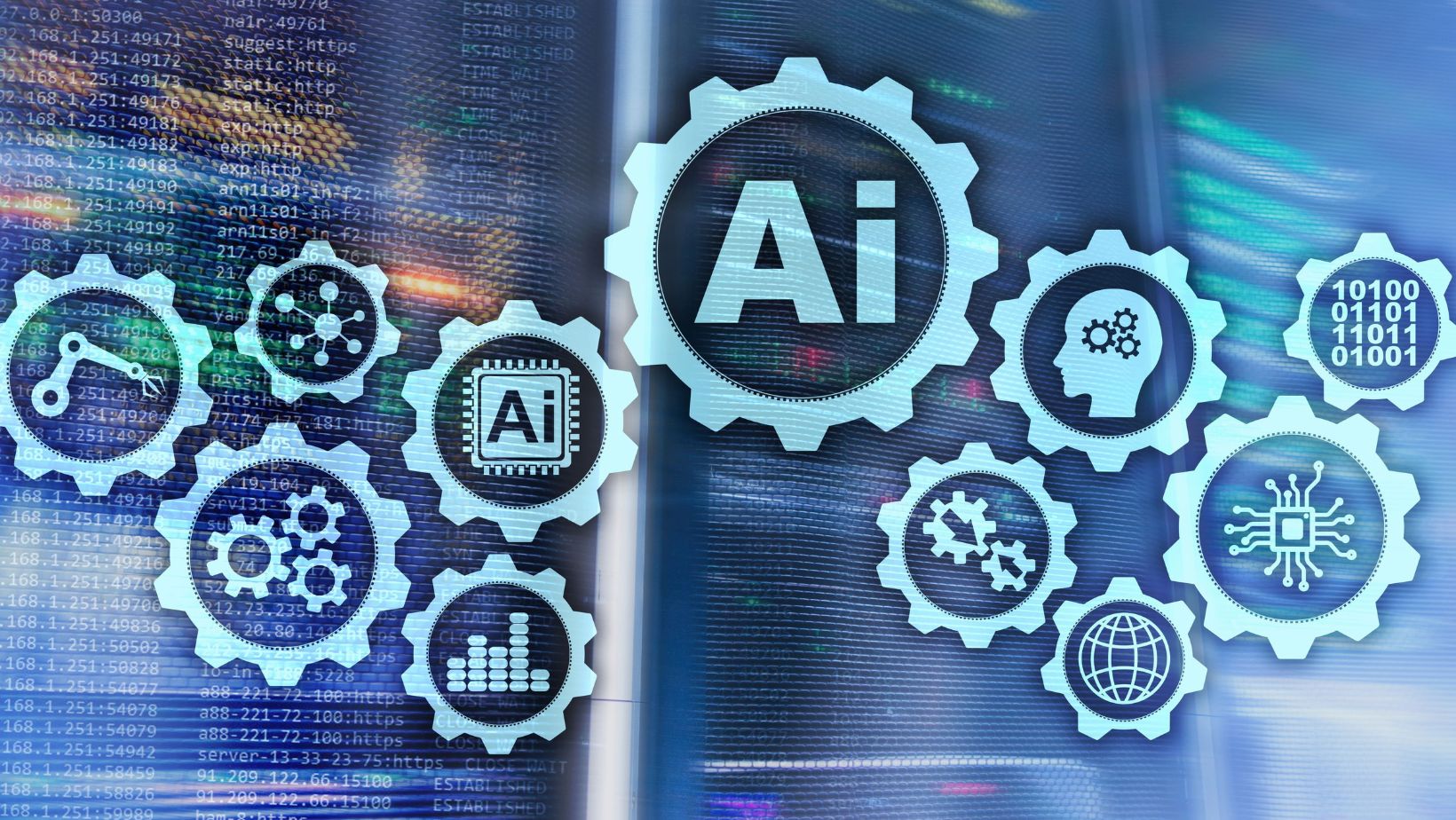Artificial Intelligence (AI) continues to shape various facets of modern life, from enhancing productivity to redefining creative industries. Among its more controversial applications are AI-powered “undress tools.” These tools, designed to digitally remove or alter clothing in images, have sparked debates regarding their uses and potential implications. While they have legitimate applications in fashion, education, and art, their psychological impact—particularly on body image and self-perception—deserves closer scrutiny.
This article explores the psychological consequences of AI undress tools, how they influence individual self-esteem and societal norms, and the steps needed to mitigate negative outcomes.
The Rise of AI Undress Tools
AI undress tools, like those offered by platforms such as AI Clothes Remover Pro, use advanced machine learning and computer vision techniques to manipulate images. While originally developed for practical purposes, such as virtual clothing try-ons or design visualization, they have found broader, often controversial applications.
In many cases, these tools are marketed for creative or professional use, offering innovative ways to experiment with clothing designs, layering, or visualization. However, their widespread availability has raised concerns about misuse and the unintended psychological consequences they may bring.
Impact on Body Image and Self-Perception
Body image refers to how individuals perceive their physical appearance, while self-perception encompasses broader feelings about one’s identity and worth. AI undress tools can significantly influence both, often in conflicting ways.
Heightened Body Dissatisfaction
AI undress tools can create unrealistic portrayals of the human body. By generating images that conform to societal beauty standards—such as slim waists, toned bodies, or flawless skin—these tools may inadvertently reinforce harmful stereotypes.
For users who compare themselves to these digitally altered images, the result can be heightened body dissatisfaction. They may feel pressured to match these unrealistic ideals, leading to decreased self-esteem and a negative self-image.
The Perils of Hyperrealism
Unlike traditional photo editing, AI-powered tools produce hyperrealistic images that can blur the line between reality and manipulation. This level of realism can intensify the psychological impact, as users might struggle to differentiate between authentic and altered images, fostering distorted self-perception.
Objectification and Dehumanization
When AI undress tools are misused—such as creating non-consensual images—the effects can be deeply dehumanizing. Victims may feel violated, objectified, and powerless, which can lead to long-term emotional and psychological harm, including anxiety, depression, and social withdrawal.
Amplification of Insecurity
Frequent exposure to manipulated images created by AI undress tools may amplify insecurities, especially among younger audiences.

Adolescents, who are particularly vulnerable to societal pressures, may develop unhealthy habits or body dysmorphia as they attempt to conform to digitally constructed ideals.
Societal Implications and Cultural Shifts
The psychological impact of AI undress tools isn’t limited to individuals; it also extends to societal norms and cultural values.
Reinforcement of Unrealistic Beauty Standards
By promoting a narrow definition of beauty, AI undress tools can perpetuate harmful stereotypes. This can have far-reaching consequences, influencing everything from media representations to interpersonal relationships.
The Commodification of Appearance
The widespread use of AI undress tools risks reducing people to their physical attributes. This commodification of appearance can lead to a culture that prioritizes superficial traits over individuality and character, further eroding self-esteem and personal confidence.
Privacy and Consent Concerns
When these tools are used without consent, they undermine individuals’ autonomy and agency. This not only affects the victim’s psychological well-being but also sets a dangerous precedent for how technology can be misused to invade privacy.
Mitigating the Negative Psychological Impact
To address the psychological consequences of AI undress tools, a multifaceted approach is essential.
Education and Awareness
Raising awareness about the potential harms of AI undress tools is crucial. Educational campaigns can help individuals understand the risks of comparing themselves to manipulated images and encourage critical thinking about digital content.
Responsible Development and Use
Platforms that create AI undress tools, such as AI Clothes Remover Pro, should prioritize responsible development. This includes incorporating ethical guidelines, ensuring transparency about how the tools work, and promoting their intended uses while discouraging misuse.
Strengthening Legal Protections
Governments and regulatory bodies should implement laws that protect individuals from the misuse of AI undress tools. This includes penalties for creating or distributing non-consensual images and mechanisms for victims to report and address violations.
Promoting Positive Body Image
Organizations and influencers can counteract the negative effects of AI undress tools by promoting body positivity and diversity. Encouraging acceptance of different body types and celebrating individuality can help mitigate the societal pressure to conform to unrealistic beauty standards.
Encouraging Digital Literacy
Teaching individuals how to critically evaluate digital images and understand AI’s role in content creation can empower them to navigate the digital landscape more confidently.
The Road Ahead
The future of AI undress tools lies in striking a balance between innovation and ethical responsibility. While these tools have legitimate applications, their potential for psychological harm cannot be overlooked. By addressing these concerns head-on, society can ensure that AI technology serves as a force for good, rather than a source of harm.
The fashion industry, digital artists, and educators can all benefit from the creative possibilities offered by platforms like AI Clothes Remover Pro. However, it is essential to establish boundaries and safeguards to prevent misuse and mitigate the psychological risks associated with these tools.
Conclusion
AI undress tools are a testament to the power and potential of modern technology. Yet, as with any innovation, their impact must be carefully managed. While they offer exciting possibilities for fashion, art, and design, their influence on body image and self-perception warrants thoughtful consideration.

By fostering education, promoting responsible use, and implementing robust legal protections, society can navigate the challenges posed by AI undress tools and ensure they contribute positively to human well-being. Only then can we fully embrace their potential while safeguarding the mental and emotional health of users worldwide.



